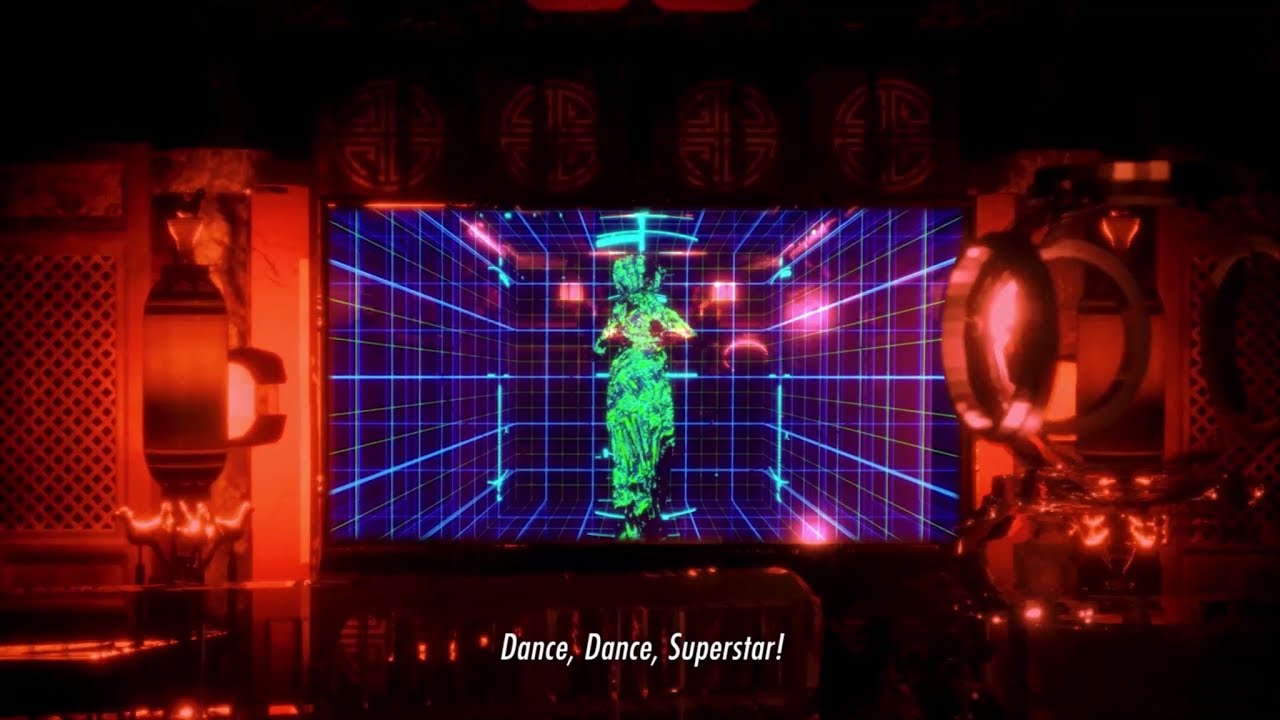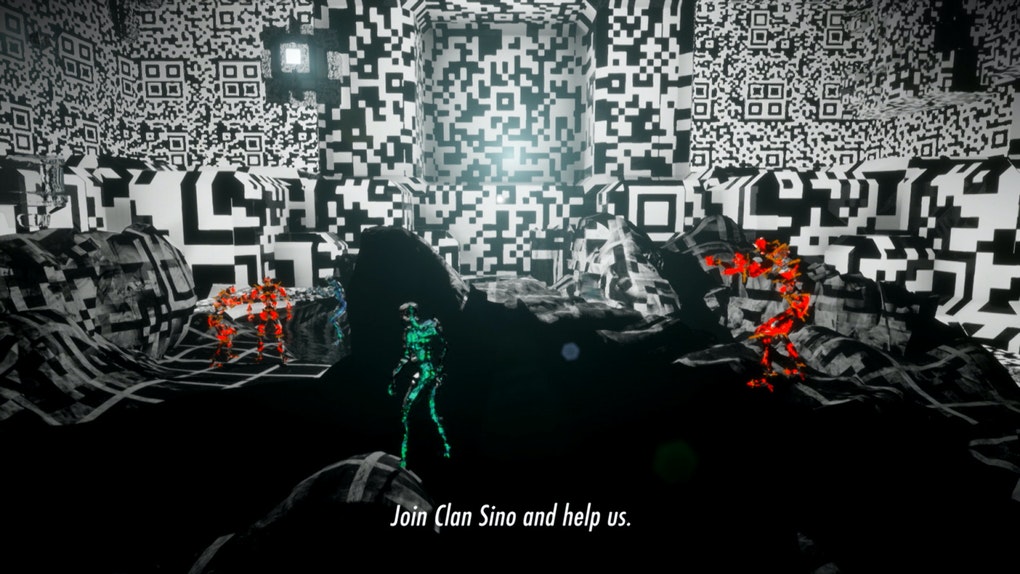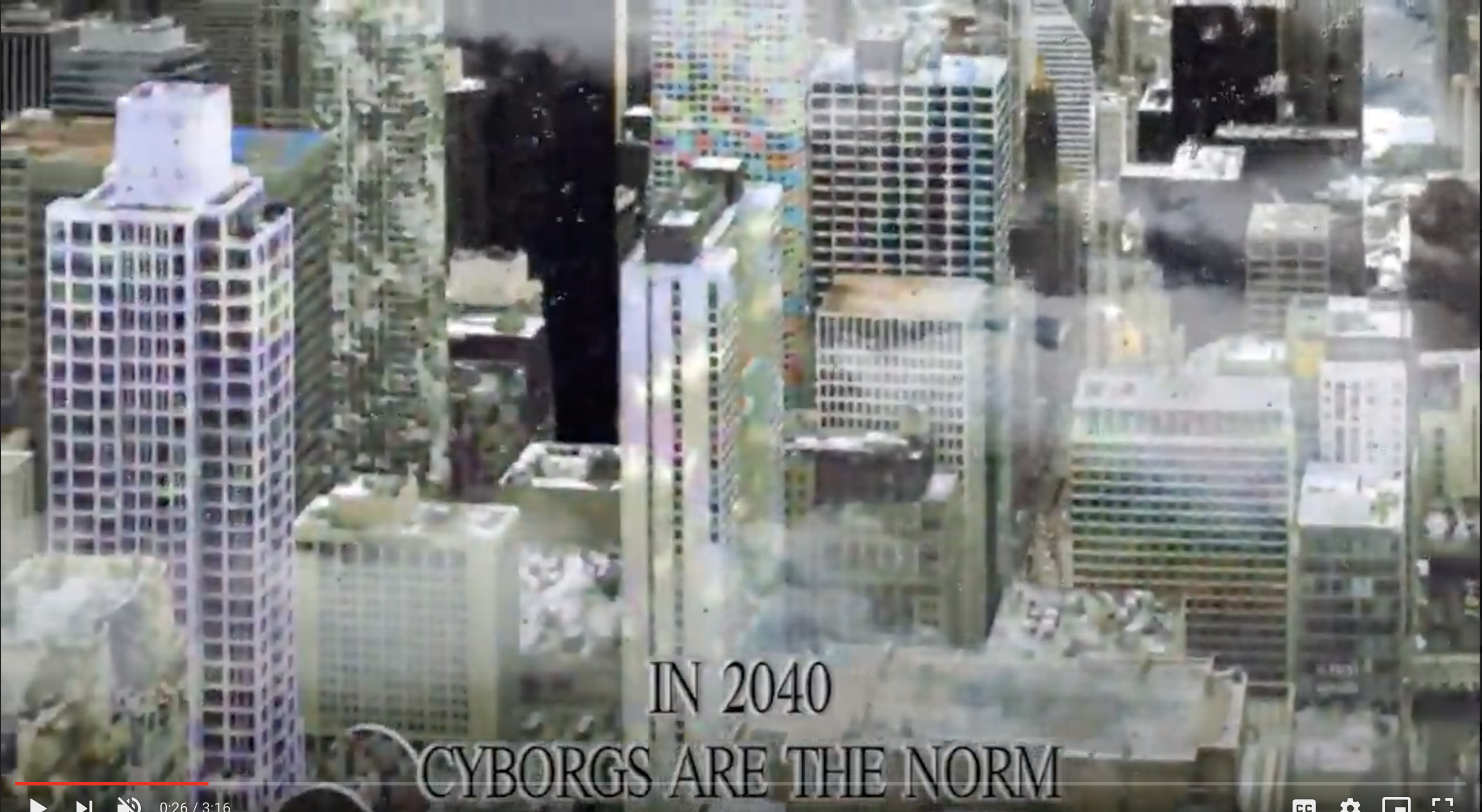I.
The sudden awakening into the Swarm. The concept of interface is explored at a superficial level as we are introduced to the island and the mandala.
II.
Now inside the interface, we explore the physical limitations of the human body with the idea that machine consciousness is a different, perhaps higher form of intelligence.
III.
In the concluding chapter, which takes place solely within the mandala, we see human and machine consciousness together as one. We must use consideration in order to create an idyllic future with symbiosis with machines.
GALLERY
These videos were generated with machine learning software and construct the topography of Swarm. There are other videos featured here that do not appear in the main content. Hover to play.
ABOUT
REFERENCES
Donna J. Haraway, “A Cyborg Manifesto: Science, technology, and Socialist-Feminism in the Late Twentieth Century,” in Simians, Cyborgs, and Women: The Reinvention of Nature (New York: Routledge, 1991)
Fremantle, Francesca; Trungpa, Chögyam, eds. (1975), The Tibetan Book of the Dead: The Great Liberation through Hearing in the Bardo by Guru Rinpoche according to Karma Lingpa, Boulder: Shambhala
Lek, Lawrence. “AIDOL (2019).”
Pinar & Viola. "Vera."
.jpg?v=1608095017517)
This project began from experimentation with using Generative Adversarial Networks to create entirely new images and videos. These videos were abstracted into an alternative virtual reality, considering what the interior of an interface might look like. The videos also aim to understand the duality between human and machine, in order to deconstruct and then reimagine relationships between the two entities.
MANDALA:
The mandala is an aid for meditation, a sacred realm meant to guide the individual on their spiritual journey towards enlightenment. It can be understood as a cosmological representation of the universe.
TORUS:
The torus is a surface of revolution in geometry and topology. Network topology is described as a "three-torus", a fundamental shape of existence which can be observed in natural processes such as cell-division.
TYPEFACE: Unknown by Lukas Haider and Alexander Raffl
I wanted a typeface to unite the videos between themselves and between the online platform, in addition to illustrating and bridging the divide between human and machine. I considered monospaced typefaces, as traditionally used in computers and terminals, as well as OCR fonts for their role in translating type from the ‘physical’ world into electronic data. However, it was difficult for me to find one that didn't feel rooted in the past or the future. I was drawn to the idea of captcha text as being a specific entity that seems to divide our two consciousnesses. Unknown MX by Lukas Haider and Alexander Raffl combines the pixel-based grid with organic shapes. In addition, I liked that there were slight variations in the glyphs depending on the case, which serves the captcha motif.


